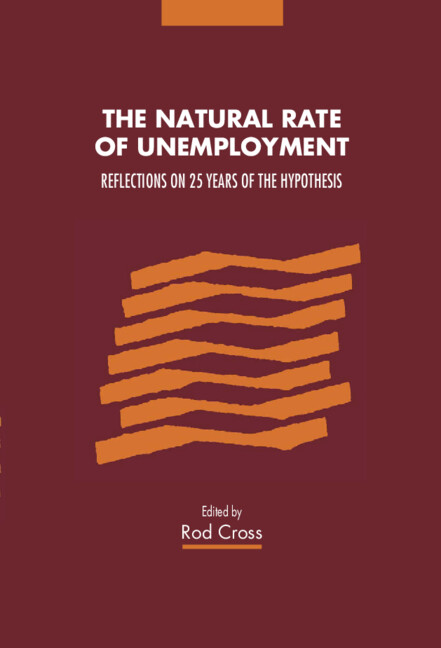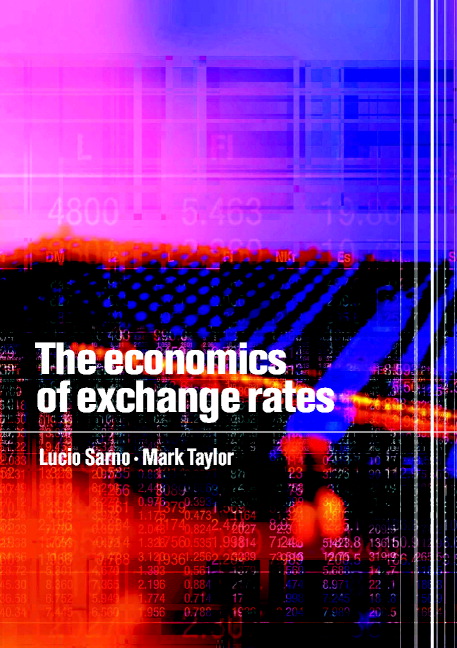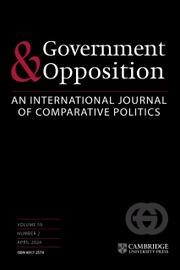Money and the Natural Rate of Unemployment
This book presents a revisionist view of monetary policy and monetary regimes. It presents several new mechanisms, indicating that money affects long-term production. The consequent policy implications are also discussed, including: the uses of monetary policy and monetary regimes in achieving macroeconomic goals; the impact of an independent central bank; the effects of a movement from floating exchange rates to fixed exchange rates in a monetary union. In addition to the theoretical and policy discussions the book also contains a comprehensive survey of the current state of scholarship in this area.
- A major new upper level textbook with global adoption potential in finance, labour economics, macroeconomics and applied economics
- A major study presenting important, original, and accessible research on a subject of immense topicality and international appeal
- The latest book in Cambridge's successful list in monetary economics
Product details
May 2000Hardback
9780521661393
320 pages
229 × 152 × 22 mm
0.64kg
1 table
Available
Table of Contents
- Part I. Introduction and Main Assumptions:
- 1. Introduction
- 2. The wage formation process
- 3. The literature
- Part II. The Impact of Monetary Policy and Inflation:
- 4. Imperfect integration of securities markets
- 5. Monopolistic competition in bank markets
- 6. Utility from securities holdings
- 7. Hysteresis effects from monetary policy
- 8. The impact of inflation on bank earnings
- Part III. The Impact of Monetary Regimes:
- 9. Centralised wage formation
- 10. Fiscal policy
- 11. Price stability goal
- 12. Uncertainty concerning policy formation
- 13. Policy uncertainty in a fixed-but-adjustable exchange rate regime
- 14. The impact of uncertainty on wage-setting
- Part IV. Policy Implications:
- 15. Policy implications of monetary non-neutrality
- 16. A microeconomic foundation.








